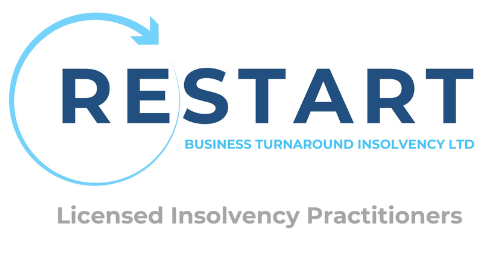Overdrawn Director’s Loan Account
Overdrawn Director’s Loan Account – the Warning from Within
In small and mid-sized businesses we often think of outside agencies as the ones which first alert us to an impending financial crisis – a stern warning from the accountant, pressure from creditors, or a late payment fine from HMRC. However, an overdrawn directors’ loan account is often an earlier internal indicator that a business is out of balance, drawing more than it realistically can, and heading for worse if prompt action isn’t taken. It’s worth bearing in mind that the vast majority of insolvencies we deal with involve an overdrawn director’s loan.
Director’s Loan Accounts Explained
A director’s loan account reflects a financial relationship between a director and a limited company without reference to the profitability of the business, so that money can be drawn that isn’t related to payroll or profits.
The account exists even if no money is drawn – it is simply considered to have a zero balance. Equally, if the director put his or her own money into the business, the account will have a positive balance. However, if the director removes money beyond what the profitability of the business can afford, the account will be overdrawn. This situation raises tax issues and, if the amount is allowed to become significant, can pose a real problem if difficult financial circumstances begin to threaten the business.
The Tax Position
An overdrawn director’s loan account is subject to tax regulation. As a temporary measure it poses no problem. So long as the transactions are clearly recorded and the money is repaid within 9 months of year end, there is no tax issue at all. The danger arises when the director feels confident that it will be possible to repay the money but then fails. Amounts in excess of £10,000 that are not repaid by the deadline are likely to be considered as income by HMRC and will necessarily the appropriate level of taxation.
It is possible to reduce the amount owed by the director when it can be reasonably claimed that the money drawn was used to cover directly-related business expenses.
The Write-Off Position
It is permissible for companies to decide to write off an overdrawn director’s loan account. This might seem like an attractive option, but in the event of the company entering into insolvency the company’s decision to write off is likely to be scrutinised and the director may still be pursued for the debt.
Overdrawn Director’s Loan in Insolvency
OK, the worst has happened. The company has become insolvent and a liquidator has been appointed to settle the company’s debts. Typically this has been proceeded by a period where the director, desperately trying to keep their head above water and hoping for an upturn in trade, the completion of a job, or the payment of a substantial outstanding invoice, has drawn more from the company than it could afford, thus creating a substantially overdrawn director’s loan account.
The liquidator must now look on that account as an asset and pursue it on behalf of the company’s creditors, putting even greater pressure on the finances of the director at a point when they are likely to be already struggling – not a comfortable position, and one that can easily lead from company failure to personal bankruptcy.
This is the reason why we would always advocate viewing an overdrawn directors loan account as a valuable early warning sign. Fix it fast or suffer the consequences later!
If you’re concerned that your director’s loan account is becoming unsustainably overdrawn, that you won’t be able to clear it by the 9-month deadline, or if the loan is not the only financial pressure you or your business are facing there’s only one sensible course of action: get expert advice immediately. Easiest way? – call us for a balanced review of the situation.
News...

Established in 2018, the directors at Restart BTi have over 50 years of experience to assist companies, business owners and individuals with expert advice and tailored solutions when facing financial difficulties.